Jim Tyler examines what happens inside a springer during piston bounce
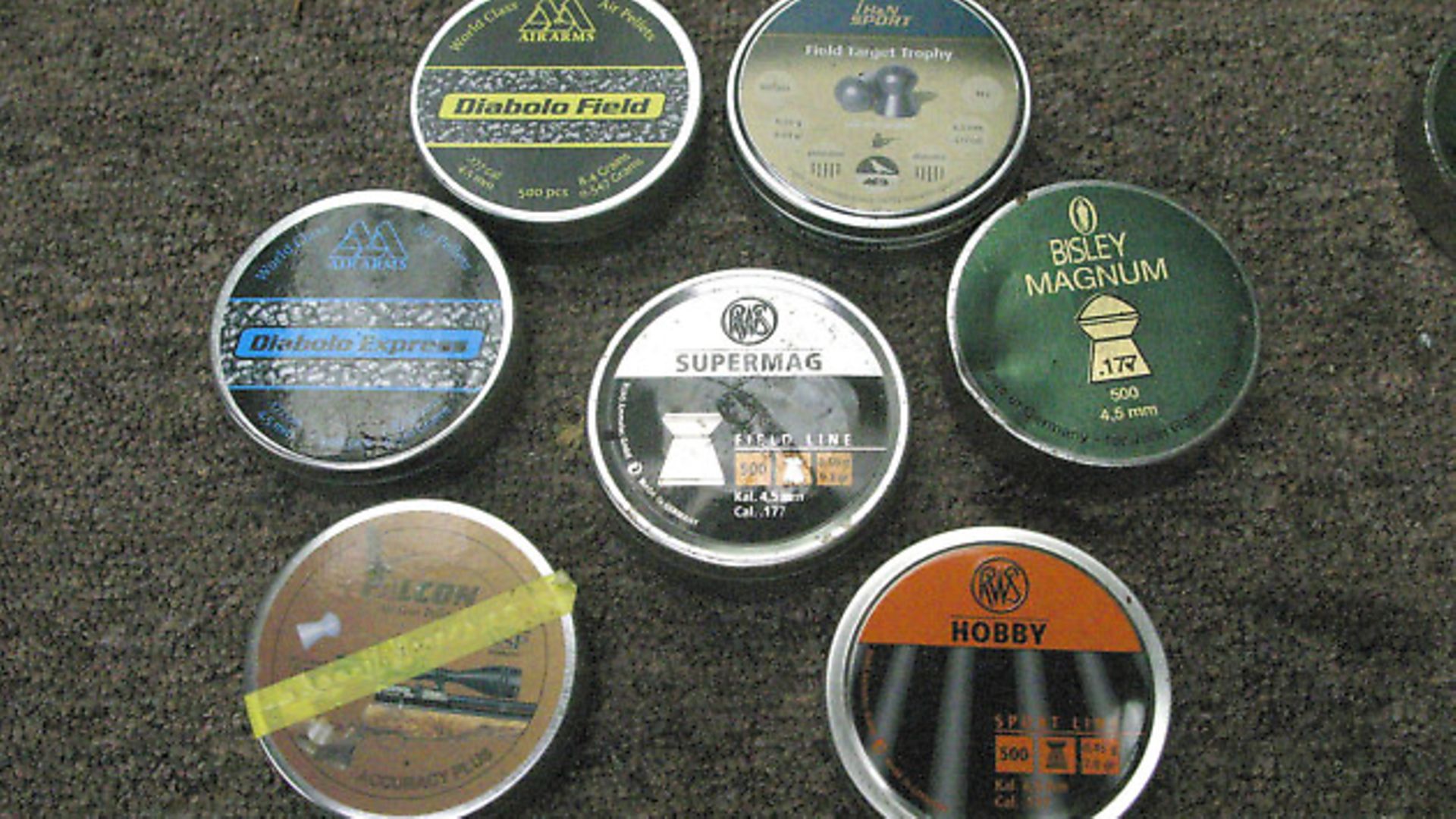 credit: Archant
credit: Archant
Piston bounce starts following the piston coming to an instantaneous halt at the end of the compression stroke, when the force from the compressed air ahead of it overcomes the piston and spring’s momentum, and the force from the spring. From that moment in time, the air pressure will be falling as the pellet makes its way up the barrel, but there is enough pressure to force the piston to reverse its travel, and that is what we call ‘piston bounce’.
The most serious consequence of piston bounce is that it reverses the rifle’s recoil into forward surge, before the pellet emerges from the muzzle, and this two-way recoil is what makes spring airguns so hard to master. Little wonder many attempts have been made to reduce piston bounce, including one quite ingenious experiment to prevent it.
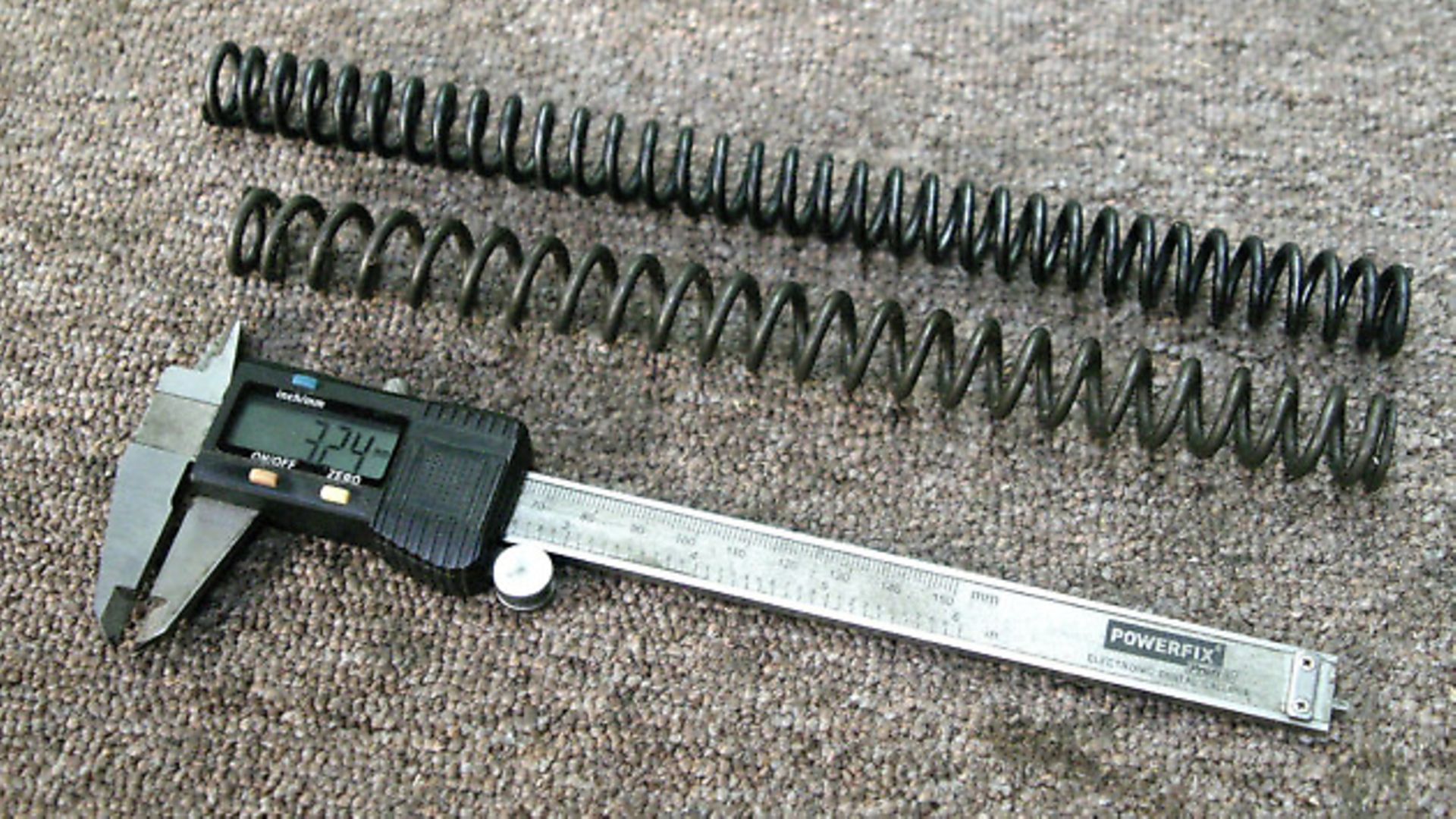 credit: Archant
credit: Archant
The brilliant experimental engineer Gerald Cardew attempted to stop piston bouncing by means of a piston rod passed through the back block, containing a simple mechanism to allow the piston and rod to travel forward at speed, but not back, and the force of the compressed air on the piston ripped the back block from the rifle.
The rifles used in Cardew’s experiments had fairly short piston strokes, the pellets available had fairly high start pressures, and on both scores, peak cylinder pressure had to be higher than is needed for modern spring airguns with longer piston strokes and shooting lower start pressure pellets for the same muzzle energy.
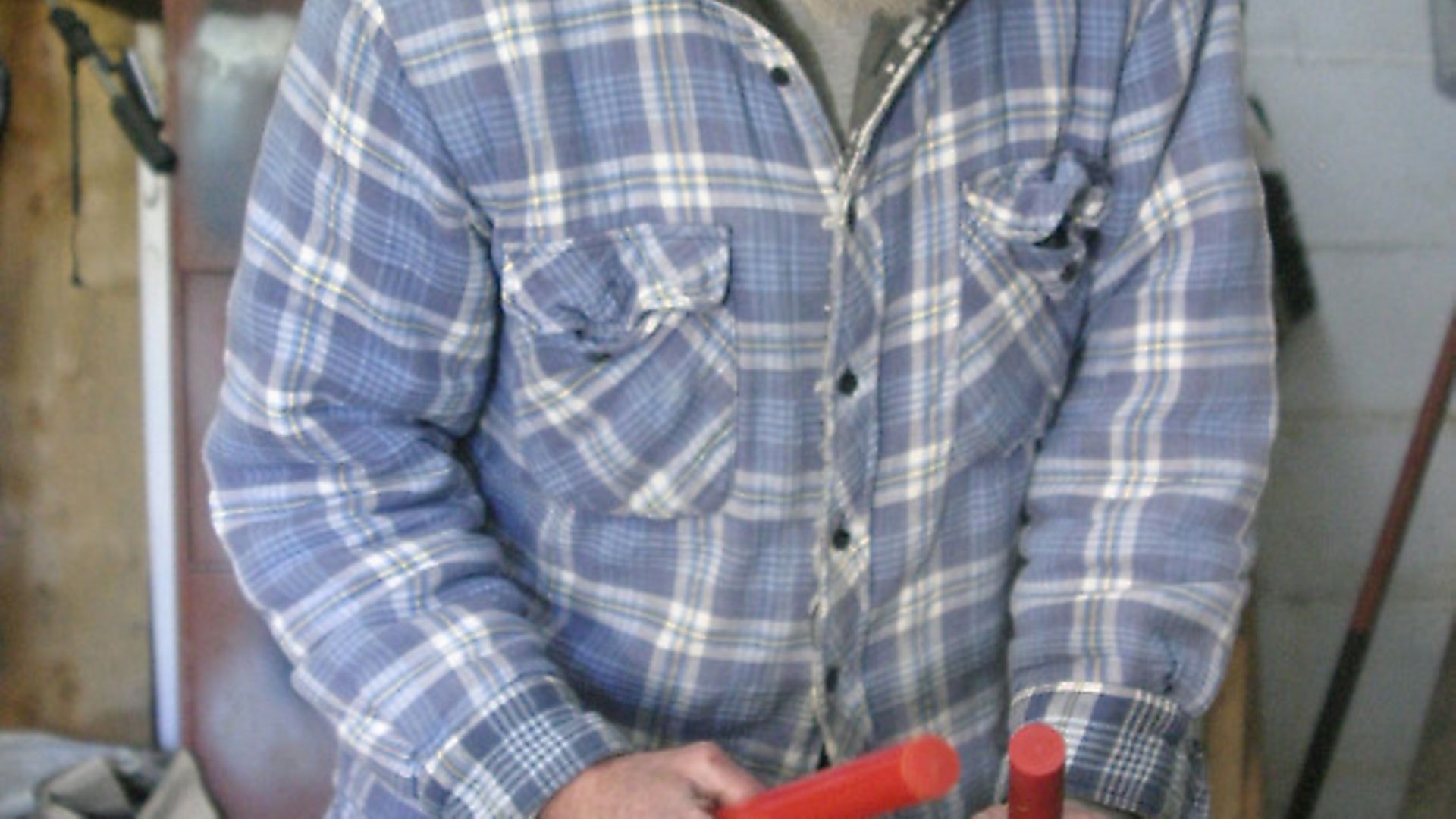 credit: Archant
credit: Archant
That being the case, it may be that the air pressure driving piston bounce with today’s low start pressure pellets is lower. In fact, it seems very likely, although we won’t know for sure until an experiment can be devised to measure it.
Preventing piston bounce may be impossible or, if it is possible, may not be desirable, because until you’ve built and tested any radical airgun modification, you cannot be 100 percent sure if it will do what you expect, and whether or not it will bring unwanted side effects. Reducing piston bounce, on the other hand, is not only possible, but also easy if you know how, although again, you never know for sure whether the rifle will do what you expect, nor whether there may be undesirable consequences.
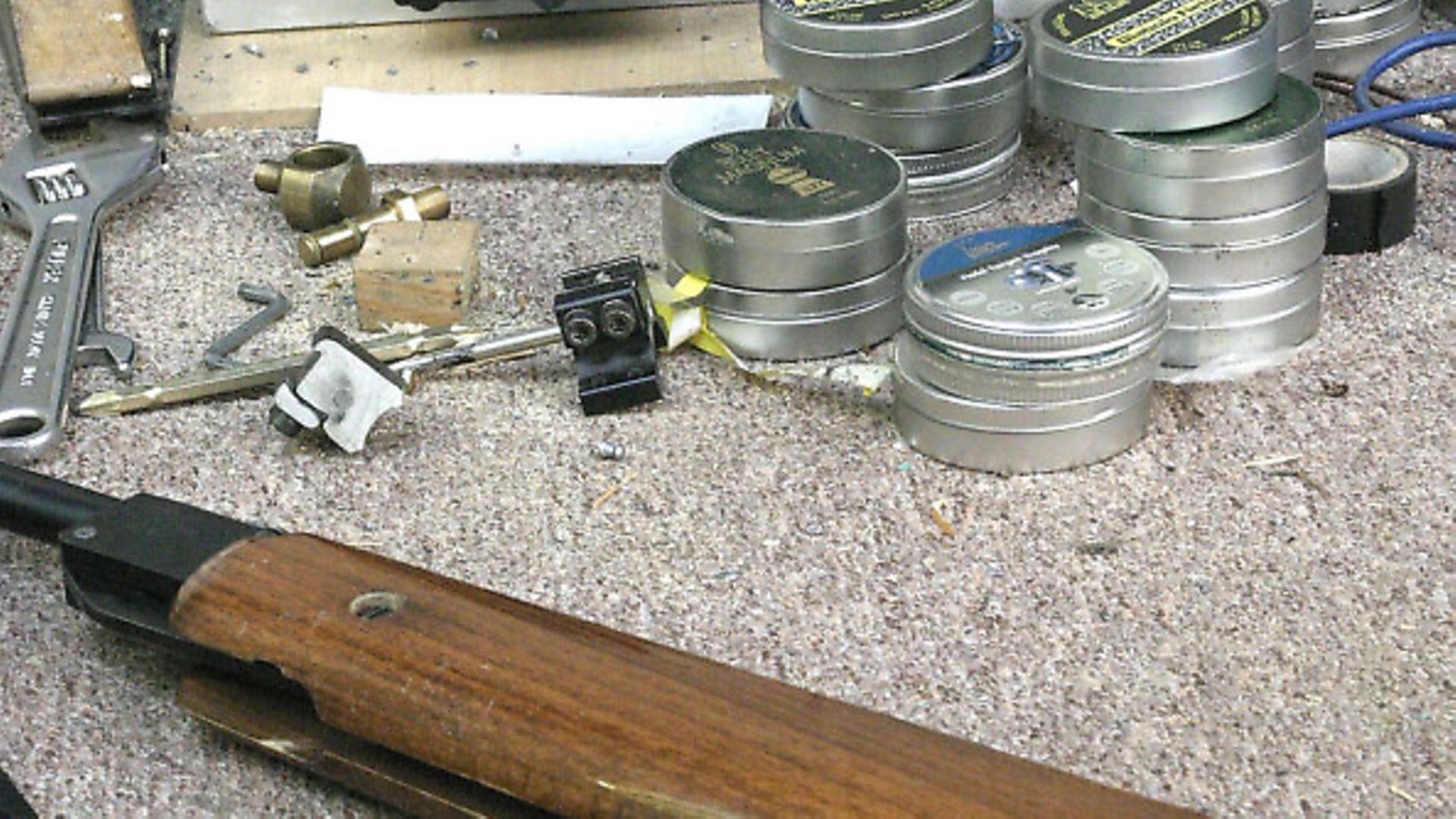 credit: Archant
credit: Archant
Reducing piston bounce
There are two aims behind reducing piston bounce acceleration. Firstly, to attempt to keep the piston nearer the cylinder end wall, maintaining higher pellet driving pressure until the pellet leaves the barrel. This increases the efficiency of energy transfer from the spring to the pellet. The second aspect is to attempt to limit rifle movement (surge displacement) while the pellet is in the barrel, in the cause of accuracy.
The easiest way to reduce piston bounce involves no modifications whatsoever to the rifle, and it is to use a pellet that seals in the breech and starts to move at a lower pressure.
So how does that work? The earlier in the compression stroke that the pellet starts to move, the longer the piston has to push air down the barrel behind the pellet, so that when the piston comes to a halt, there is less, and lower, pressure air available in the cylinder to drive piston bounce.
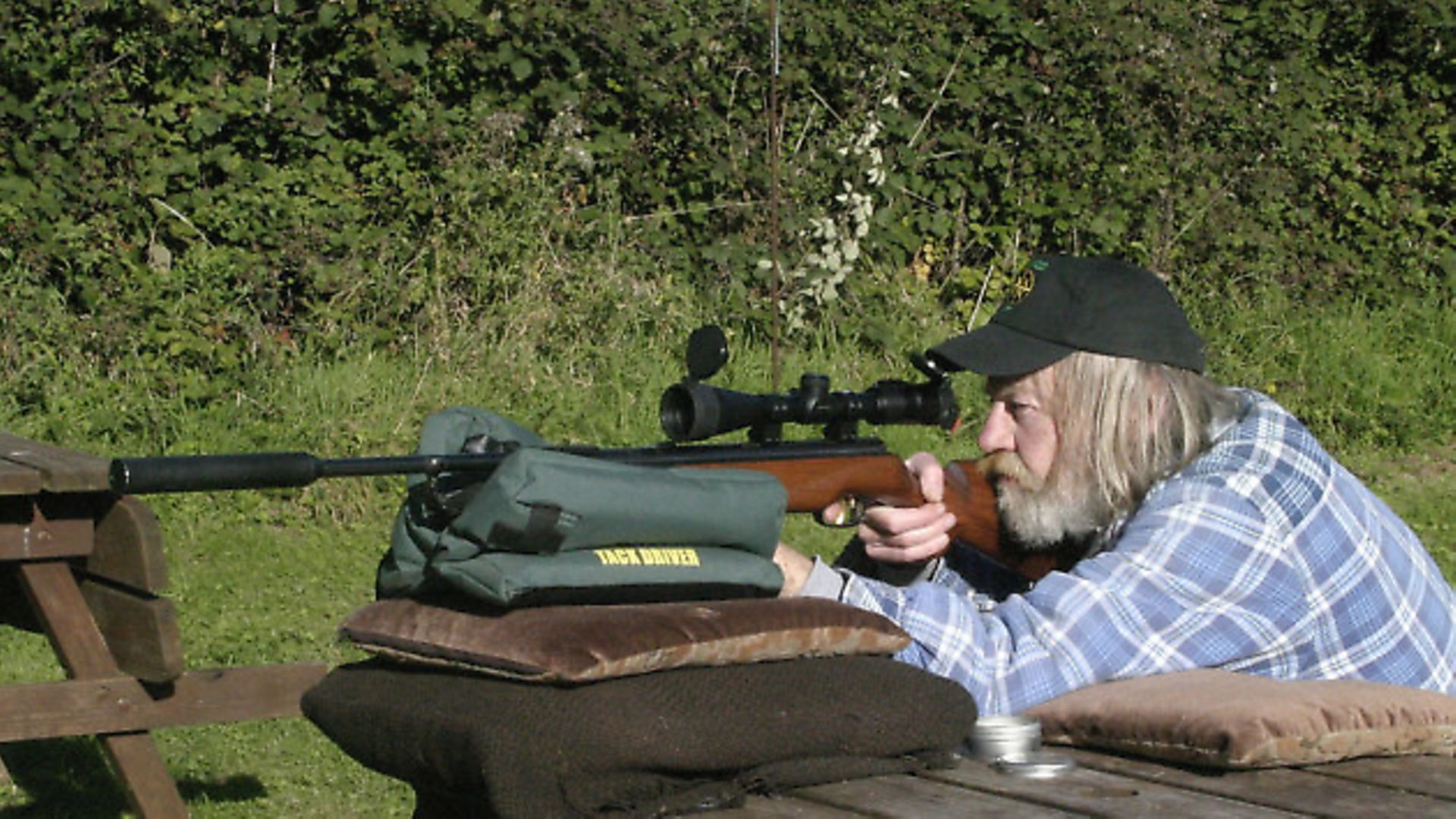 credit: Archant
credit: Archant
In tests, the lowest start pressure pellet generated just a quarter of the piston bounce of the highest, and gave 2 ft. lb. greater muzzle energy. With the heavier, higher start pressure pellet, the 2 ft. lb. it lost was the energy that drove the far higher piston bounce. Weight for weight, lower start pressure pellets improve energy efficiency from the spring to the pellet, and reduce piston bounce.
Another way to improve energy efficiency and reduce piston bounce is to use a softer mainspring with more preload. Preload is pre-compression, the amount by which the spring is compressed before the rifle is cocked. The potential energy in a cocked spring is split between the energy available to drive the piston and the energy staying with the preload and does not help to drive the piston.
Even though the preload energy is not available to drive the piston, the force it presents is available to help counteract the force from the compressed air that drives piston bounce, and so in slowing the early stage of bounce whilst the pellet is in the barrel, it maintains higher air energy and so improves the energy efficiency.
Preloading a soft spring sounds like a win/win solution, but there’s a price to be paid, and that is the force from the preload adds to the force of the rest of the spring when it is driving the piston forward the second time, increasing the velocity at which the piston lands. Within the bounds of reason, it’s debatable whether this is necessarily a bad thing, because parachute seals have enough ‘give’ in them to withstand repeated collisions with the cylinder end. Certainly some of my springers have withstood tens of thousands of such collisions (in the range of 6 fps to 12 fps) with no ill effects. In extreme cases, perhaps 30 fps or even more, the cushioning afforded by a synthetic seal might mean that the rifle’s components suffer no damage, but the scope could.
 credit: Archant
credit: Archant
Piston seal
My recent experiments measuring piston seal friction took another turn when, following a ‘light bulb’ moment of inspiration, I decided to find out whether the friction was the same for any given cylinder air pressure during the compression stroke and piston bounce. Typical of the springer, and the answer is not straightforward. Some seals offer the same resistance through friction in both directions, but others offer higher resistance when the piston is travelling backwards, which means during piston bounce.
My own seal has friction that’s 40 to 50 percent higher during piston bounce than during the compression stroke, and it has always seemed energy efficient, but I have never been able to reason why. I think I now have the answer. The elevated friction during the early part of piston bounce is adding to the retarding force of the preload, slowing the bounce and maintaining higher driving pressures as the pellet travels the last few inches up the barrel.
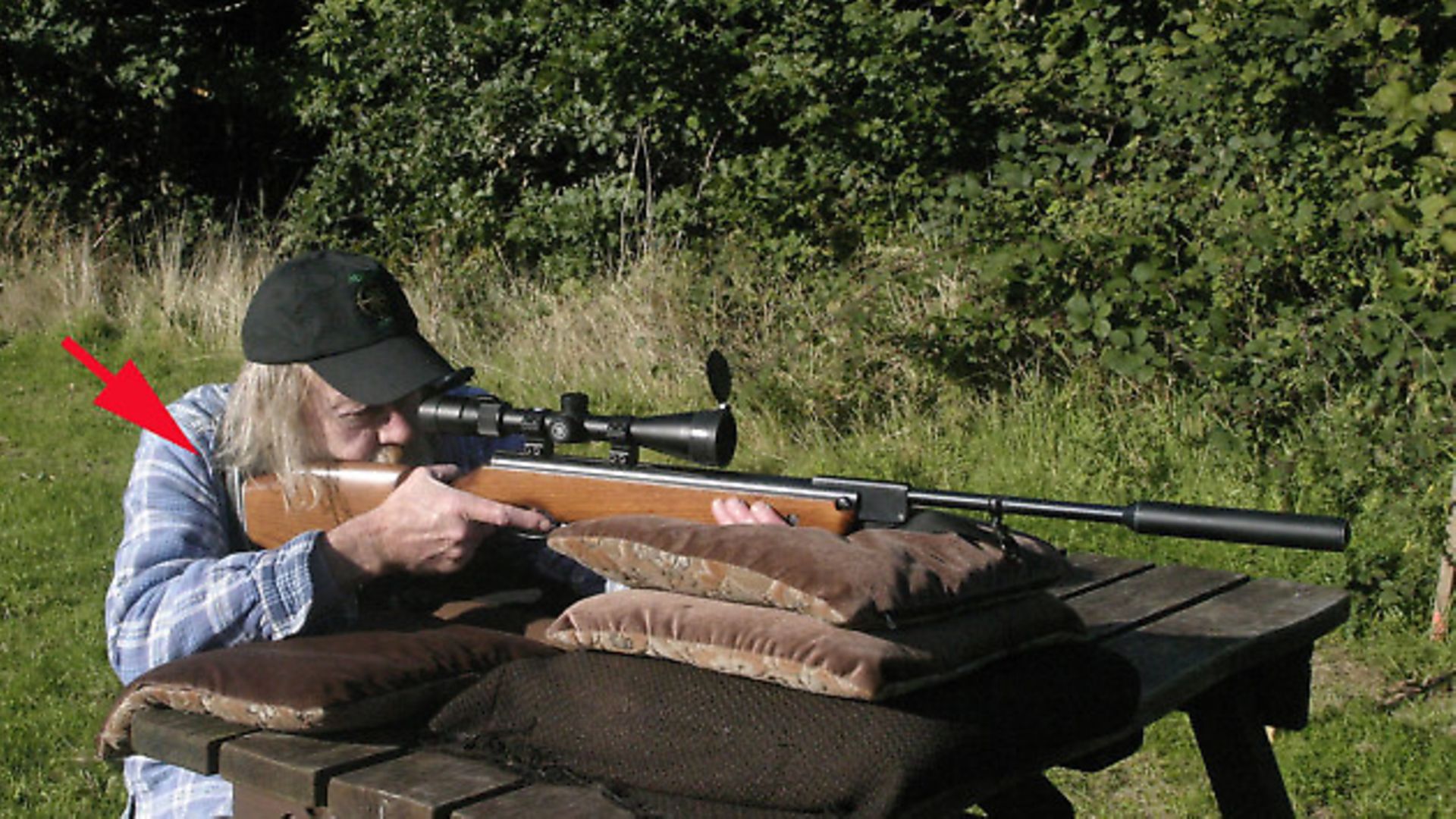 credit: Archant
credit: Archant
It seems that – contrary to previous experiments I’ve carried out – high friction at the start of bounce is highly desirable. The question is, which material and design characteristics could produce friction where needed?
My seals are made from soft (90 SHORE A) polyurethane, which is more easily crushed than any of the commercially-made seals I have tested, meaning my seals may be pressing harder against the cylinder walls when compressed by high-pressure air, increasing friction toward the end of the stroke, and presumably during the early part of piston bounce. Design may have something to do with the elevated ‘backwards’ friction but, if so, it wasn’t intended.
It may be possible to design a seal to maximise backwards friction, but whether or not that is a good idea is brought into question by our old enemy, temperature. To generate high friction during the period that the piston is close to the cylinder end means that the seal is a fairly snug fit to begin with, but the fit will vary according to the temperature.
In cold weather, the seal will be a relatively slack fit, because it will contract more than the cylinder, and the opposite will be true in hot weather, and the friction will be high throughout the stroke, impacting on muzzle energy. Tests using one seal that generated backward friction no less than twice that of compression stroke friction, revealed significant muzzle energy losses when used in very hot conditions, and point of impact (POI) shift when cold, so it may be that my seal with backward friction 140 to 150 percent of compression stroke friction is the most that can be achieved without unacceptable penalty.
 credit: Archant
credit: Archant
Mechanical devices
Many people have thought about trying to harness inertia (resistance to start to move) weights to crush the seal, or some kind of frictional band, and increase its friction during the bounce. Sadly, it seems improbable that they will work as intended, and to understand why, we need to look at piston velocity.
I measure recoil velocity against a time base. I can guess, to within perhaps a millimetre, how far the piston will travel during the compression stroke, and I know how long it took to do it. So if it travels 80mm in 8 milliseconds, the average velocity will be 10 metres/second (M/s). The recoil velocity is recorded as a voltage, so I can divide the average velocity by the average voltage, multiply it by a spot voltage, and get the piston velocity at any point in the shot cycle.
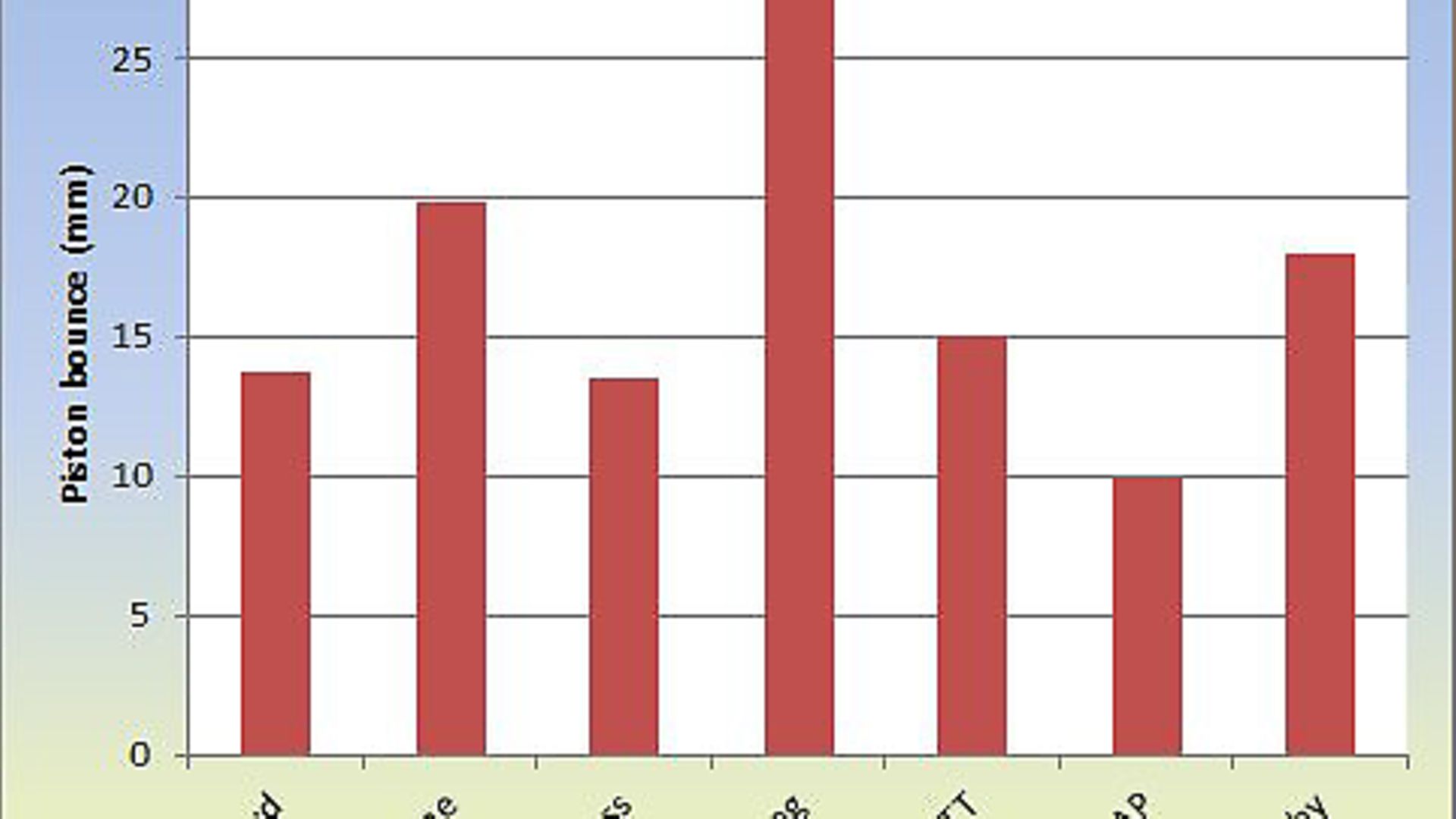 credit: Archant
credit: Archant
During piston bounce, the piston velocity starts at zero, and by the time the pellet has exited the muzzle, piston velocity is in the region of 3 M/s – just 10 fps. So the piston seal is accelerating back up the cylinder to 10 fps, and pushing the inertia weight. You’d need a very hefty inertia weight to compress the rear of the seal to the same diameter as the front end that’s got compressed air squashing it, and an even heaver one to exceed the increase in diameter at the front, but that is precisely what you’d have to do. Fiction is independent of surface area, so using an inertia weight to compress the rear to the same diameter as the front would not raise friction one iota.
The inertia weight would probably stand a better chance of raising piston seal friction during the final few millimetres of piston travel at the end of the compression stroke, when the deceleration is ferocious (in excess of 1,000g), and that would almost certainly reduce the length of the compression stroke, causing significant loss of muzzle energy. Having said which, the only way to tell for certain whether any modification will work is to build it and test.
Another idea that surfaces from time to time to reduce piston bounce is to have some kind of dump valve that vents the compressed air that drives piston bounce. But you would not want a valve to open before pellet exit, because the pellet gains in the order of 20 percent of its muzzle energy following piston bounce, and when the pellet does exit the muzzle, it’s effectively acting as a dump valve, albeit at the far end of the barrel.
Pellet exit, allowing compressed air in the barrel to vent to atmosphere, does not appear to have an immediate effect on piston bounce, although tests suggest that the piston velocity tends to be stabilised either shortly before or at pellet exit, and further bounce is the result of a tussle between the diminishing momentum of the piston and the increasing force from the compressing spring.
To summarise
- Piston bounce seems unavoidable.
- The pellet always exits the barrel during piston bounce.
- The velocity and extent of piston bounce varies according to pellet start pressure.
- The velocity and extent of piston bounce varies according to pellet mass.
- Piston bounce can be limited by using a softer spring with greater preload force.
- Piston seal friction can influence piston bounce.
___________________
You may also like:
Airgun Guru: Recoil
Q&A: Can heavy pellets cause mainspring failure?
How a low-cost scope can give you the optical quality you need